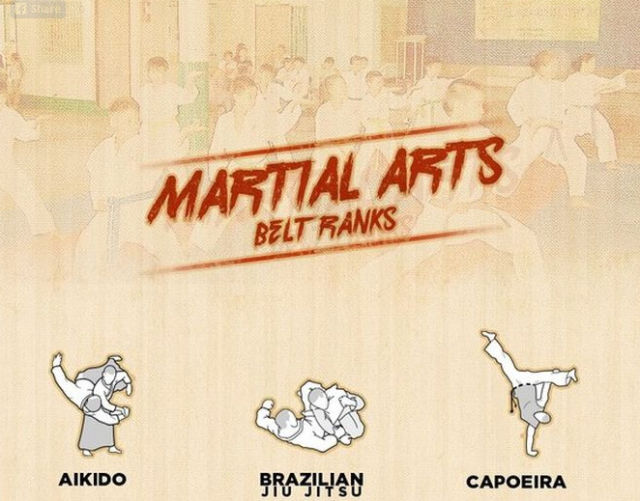The Worldwide Background And Change Of Martial Arts
The Worldwide Background And Change Of Martial Arts
Blog Article
Developed By- what is aikido martial arts have an interesting history that covers centuries and continents. You might find it fascinating just how old practices like Shuai Jiao and Kalaripayattu laid the groundwork for contemporary fight strategies. These disciplines not just highlight physical abilities but likewise reflect the cultures that birthed them. As you explore their development, take into consideration just how globalization has transformed these traditional forms right into hybrid styles. What impacts do you assume have formed today's martial arts landscape?
Ancient Martial arts: The Foundations of Battle
As you explore the globe of ancient martial arts, you'll discover the rich structures that formed battle techniques throughout societies. Early methods concentrated on Self-Defense and survival, frequently incorporating strikes, grappling, and weaponry.
In old China, for example, techniques like Shuai Jiao emphasized throws and joint locks, while India's Kalaripayattu showcased agility and liquid motion. Japanese samurai established Kenjutsu, a refined swordsmanship that highlighted discipline and method.
These martial arts served not just for fight however also as a way of individual advancement, instilling worths like respect and perseverance. The blending of these methods gradually prepared for the varied martial arts you see today, each reflecting the one-of-a-kind ideologies and demands of its culture.
The Social Influence on Martial Arts Growth
While martial arts frequently mirror the useful demands of a society, they additionally embody the social values and ideas of their origins. When you discover different martial arts, you'll notice how they're affected by religious beliefs, viewpoint, and social norms.
For example, the emphasis on regard and discipline in Japanese martial arts comes from Zen Buddhism and samurai society. On the other hand, Brazilian Jiu-Jitsu advertises flexibility and method, shaped by the requirement for performance in a diverse, multicultural environment.
You might discover that the routines, uniforms, and training approaches mirror a community's background and identity. By comprehending these social impacts, you deepen your admiration of martial arts and their role in shaping human experiences across the globe.
Modern Adaptations and the Globalization of Martial arts
Martial arts have actually changed substantially in recent decades, adapting to contemporary culture and global influences. https://www.14news.com/2023/07/13/evansville-martial-artist-could-be-first-woman-receive-9th-degree-black-belt/ 'll discover that traditional forms have mixed with modern-day methods, developing hybrid styles like mixed martial arts. These adjustments accommodate varied target markets, making martial arts accessible and appealing globally.
With the increase of social networks and digital systems, you can find tutorials and competitions from all edges of the world, damaging geographical barriers. This globalization has actually brought about a shared recognition for different disciplines, from Brazilian Jiu-Jitsu to Taekwondo.
As you engage with these arts, you'll realize they're not practically fight; they advertise physical fitness, self-control, and mental wellness.
Eventually, modern-day adaptations have actually enhanced the martial arts landscape, making it a dynamic and evolving practice.
Conclusion
In discovering the background and development of martial arts, you uncover an interesting blend of techniques, cultures, and philosophies. From ancient disciplines like Shuai Jiao and Kalaripayattu to the modern-day versatility seen in mixed martial arts, martial arts show mankind's mission for Self-Defense and individual development. As you engage with these practices, you not just get abilities yet also a much deeper recognition for the diverse traditions that shape our world today. So, proceed your journey and welcome the art of combat!
